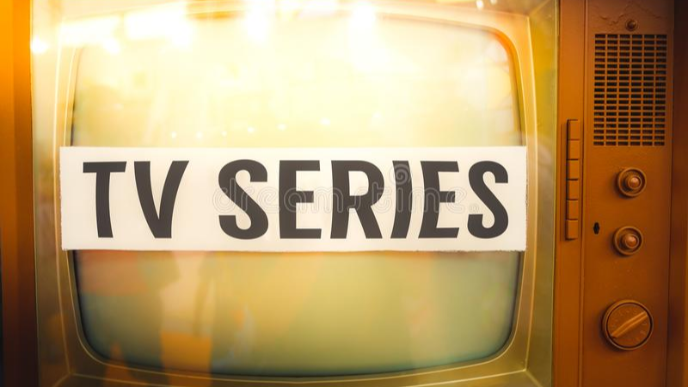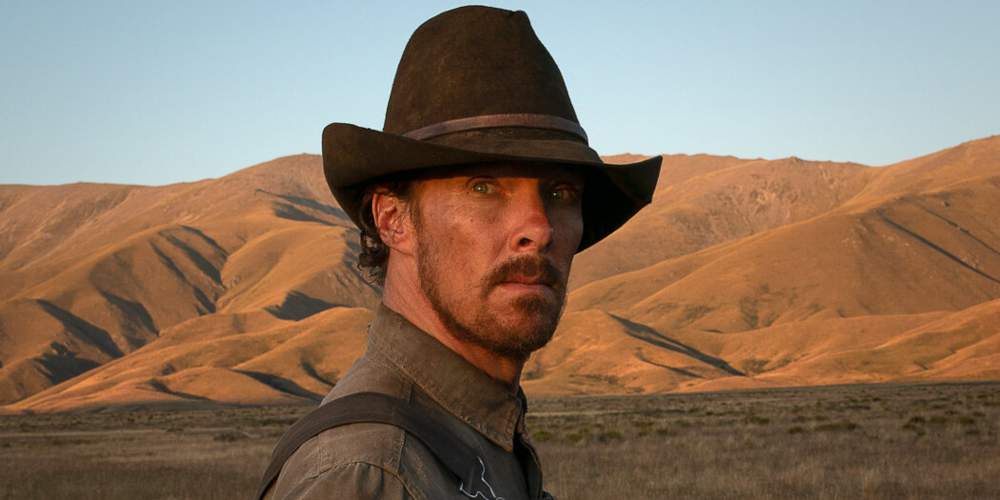
If you've ever been amazed by pictures of young people who look older than they actually are, you're not alone. Brandon McCarthy recently asked the "nonsense" question "How do older people look younger than their actual age?" Many people replied with photographs, proving that the people of the past look older than they did when they were younger.
Retrospective aging
This study shows that older adults are more motivated to complete future memory tasks than younger adults. In addition, older participants reported having a higher intrinsic motivation for completing the task. These results suggest that retrospective aging may have more severe effects on older adults.
These results may be helpful in assessing the extent and speed of the aging process for young people who have reached old age. It is important to establish new measures of ageing based on the idea of future longevity. These measures can be used for comparing individuals who are the same age as the prospective age. This is their expected remaining life expectancy. These measures give a completely different picture than the conventional chronological age-based measures of population aging.

Variables connected to getting older
This article provides a detailed explanation of the age effect. In doing so, the authors distinguish between confounding variables and intervening variables and direct and indirect effects. They also explore how other variables might affect the age effect. The age effect is a direct result of age. However other variables could also have an influence on this effect.
The effects of make-up
Researchers are not sure if the effects of makeup on young people who look older might be as significant as they originally thought. Study of 130 participants examined whether the appearance of makeup can alter one's perceptions about age. Participants were asked to rate the attractiveness of each face, which included one with a natural appearance and another with full makeup.
The study revealed that middle-aged women's faces appear more youthful than those of younger people due to makeup. The effects makeup has on the perception and perception of age are stronger when applied to eyes than lips. The researchers found that applying full face makeup to a photograph of a 40-year-old woman reduced her perceived age by 1.5 years, while applying no makeup to the same photograph of a 20-year-old woman made her look 1.4 years older.
Effects of shaved hair
There are many benefits to keeping facial hair short and trim. It can help stimulate blood circulation, which in turn helps to repair and grow tissue. This could help prevent wrinkles from forming and may also aid in aging. In addition, it can give a younger, stronger appearance. Not only can it make someone look younger but also help improve skin health and reduce facial sagging.

Shaving your head can make you feel more confident and attractive. A hairless, smooth head makes eyes and eyebrows more visible. The person's skin will feel less dry and itchier after shaving their head. A frequent shave can lead to razor burn and skin nicks. It is therefore important that moisturizer be applied on a consistent basis.
Smoking can have adverse effects
The effects of smoking on young people can be difficult to pinpoint. Smoking can have a devastating effect on the skin, heart, and lungs. One study from Victoria, Australia showed that smoking continued even after quit. Further, continued smokers were more likely to develop psychiatric disorders and substance abuse.
Teenagers are increasingly smoking. In the second decade of the 20th Century, the percentage of young people who smoked rose to 40 percent from 20 percent. In 2018, that number has reached nearly fifty-six %. This indicates that tobacco control efforts are becoming more important among this age bracket.
FAQ
What is a TV spot?
A TV spot is a short (usually 30-second) advertisement that appears between programming segments on a television channel.
Most channels will show several TV spots each day. Each TV spot will typically focus on a single topic or theme. These spots are often intended to promote a company or brand.
TV commercials are not only used to promote products or services but also events, political campaigns and charities.
Is tv advertising still relevant today?
But, TV advertising is no longer effective. This is because people watch less TV. They're using other media instead.
Marketers have made TV ads an integral part their lives. They help us reach audiences where we spend most of our time online.
We also need to make sure we use TV ads in ways that connect with consumers on a deeper level. This requires us think differently about how TV ads are made.
It is no longer enough to rely solely on simple images and slogans. Instead, we need to look at the whole experience of watching TV. How do you engage people emotionally to make them feel compelled by your products?
These are all things requiring creativity. Digital agencies are now the source of creativity.
How does TV Advertising work?
Television advertising can be a powerful way to reach consumers who watch television. It is also very affordable. Commercial breaks are probably the most widely used form of advertising. These commercial breaks last 30 seconds, but they can sometimes be longer if there's a special event like a sporting match or awards ceremony. Companies sponsor commercials to promote products and/or services. These companies pay for airtime. Some commercials show product information and others simply display images or music. Many programs have product placement, where brands are featured within the program. It could involve a brand appearing on a scene that shows how their product could work or giving background information about it.
How much does it cost for a commercial to be produced?
Producing a commercial is expensive. The cost depends on the length and number of actors involved as well as the location where it is shot.
In general , a 30 second commercial costs $20,000-$40,000.
Statistics
- In fact, 76% of people completely skip the commercials while watching their programs. (qualitylogoproducts.com)
- With OTT ad revenue set to increase from 45% to 60% over the next decade, AdTech pioneers and early adopters of OTT advertising will reap its benefits in the near future. (clearcode.cc)
- This includes 97 percent of Gen X, and 95 percent of Millennials. (marketingevolution.com)
- To get estimated costs for airing a 60-second TV commercial in different regional markets, check out the following figures in this TV ad pricing chart from the media experts at Casual Precision. (fitsmallbusiness.com)
- 93 percent of American adults listen to the radio over the course of the week. (marketingevolution.com)
External Links
How To
How do I buy TV time?
It is important to have an idea for a show that people will want to watch. You don't have to buy airtime if you don’t have an idea. Local stations can be reached for ideas. They are often looking for original content.
If you're lucky enough to find a station willing to give you free airtime, you should start by researching what they've done in the past. Find out if there's anything you could use from those shows.
Next is to create a screenplay. You should ensure that it is well-written and organized. It doesn’t matter what length of writing it takes as long the task is completed within a reasonable period of time.
Once you are happy with your script, send it off to the station. Let them know who you are and why you believe this show would succeed. Also, let them know what format you prefer.
You'll probably also need to provide references (like other shows they've produced) and examples of previous scripts you've written.
If you receive a response, it will let you know if the show is possible. To get a response, contact someone who is directly involved in the show.